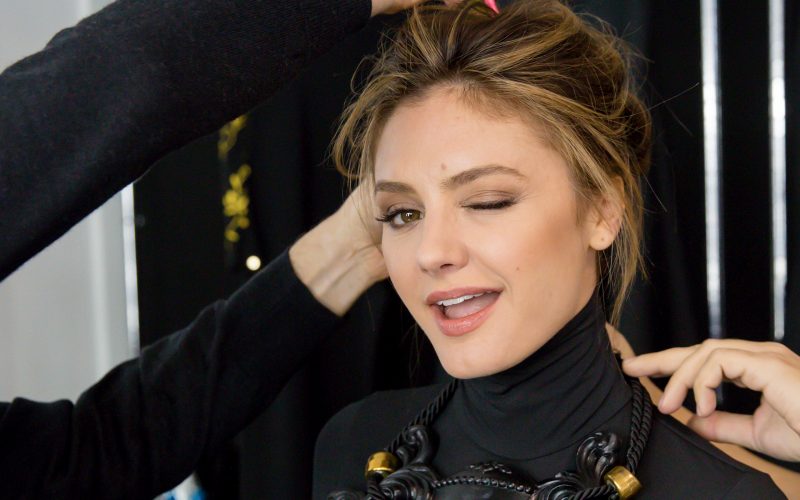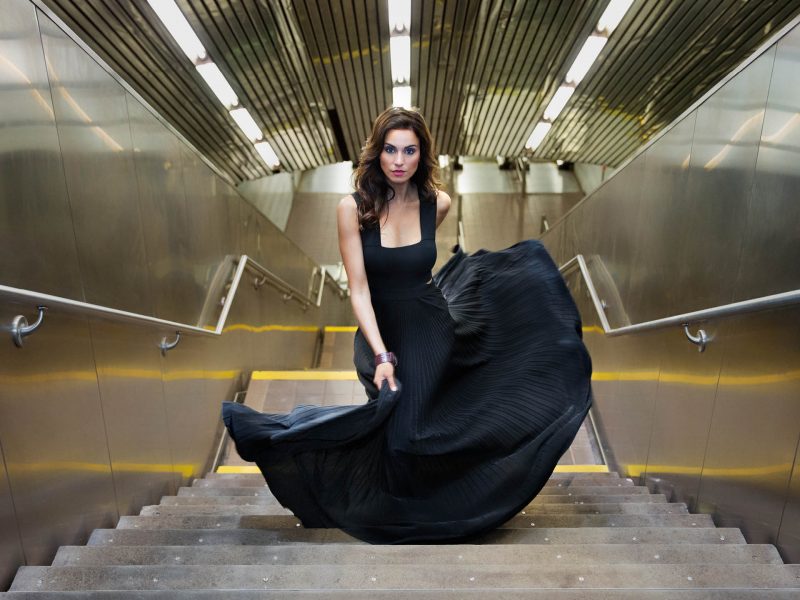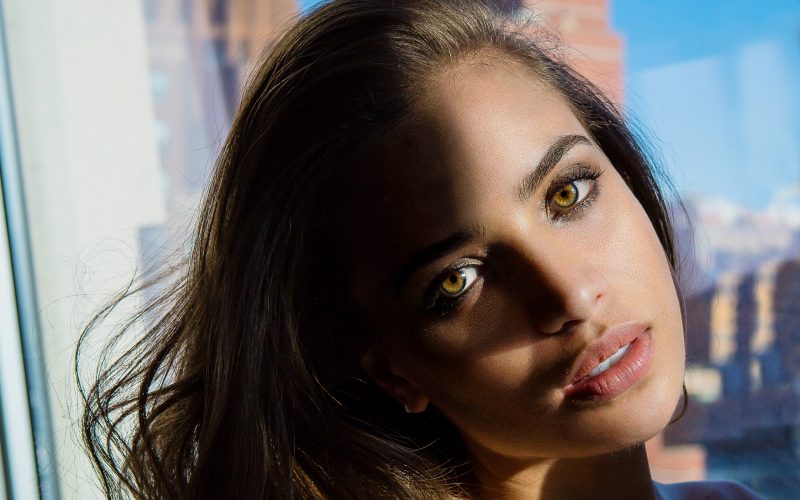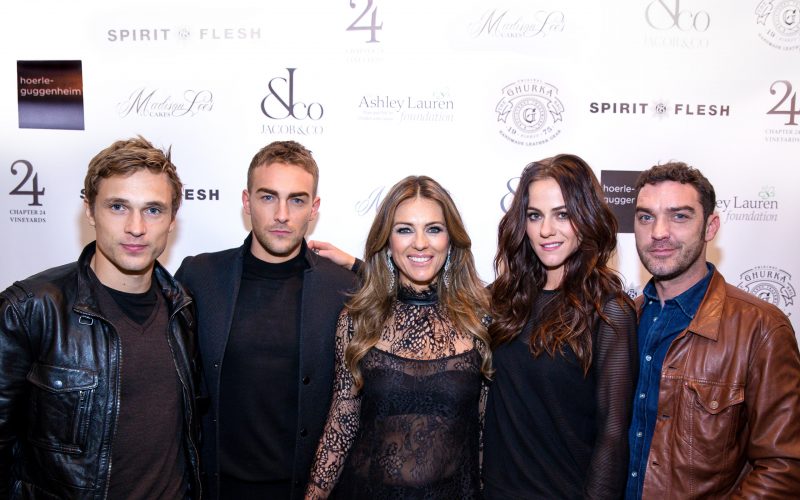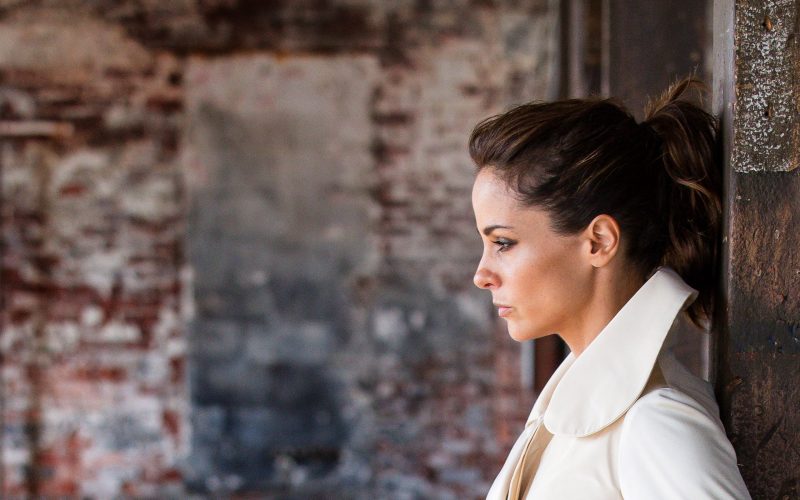Nathaniel Kramer & Lewis Smithingham collaborate with fashion stylist Karin Elgai and glam team – Jordy Poon, Michael Moreno and Kristina Konarski and actors Rosie O’laskey, Justin Passmore & Theodore Bouloukos to pay a loving homage to Carl Theodor Dryer’s iconic classic THE PASSION OF JOAN OF ARC. Here is their recollections:
Lewis Smithingham: The film is a loving homage to the iconic Carl Theodor Dryer film, the Passion of Joan of Arc. The film has always been a favorite of mine and Nathaniel’s. When I first saw the film I was engrossed by Falconetti’s tortured performance, brought on by Dreyer’s intense directing style. He had her kneel on sharp cobblestones, so the pain you see on her face is very real! Additionally, the film is extremely innovative in terms of cinematic language and style. Riding on the tail-end of German Expressionism, the film presents Joan’s story through intense, Dutch-angled, close-ups, in stark, high-contrast black and white. The film premiered with Europe on the edge of the precipice that Caligari (the film’s share a set designer!) had predicted. I see our own world, on the edge of a similar cliff, as far-right, nationalist groups come to power in European parliaments and basic human-rights to love and choice are questioned and denied in our own country. Through this parallel, I was inspired to revisit Joan’s story. I met Rosie several years ago and have always wanted to work with her. She has a particular strength of beauty that few models have, and is capable of telling stories through hints of expression. When I started working on this project, I knew that she was perfect for the role! Nathaniel can attest to the fact that she was an absolute pleasure to work with and direct, and her performance speaks volumes of Nathaniel’s directing and her acting.
Nathaniel Kramer: Our aesthetics were inspired by the film’s stark, expressionist sets. We shot on a white cyclorama so that we could project our sets/spaces behind and in front of our subjects. Throughout the piece we used some of Lewis’ hand painting work as backgrounds. These pieces attempt to portray emotions through a sort-of violent synesthesia. Also of note is the stake that Joan is tied to at the end of the film. In a careful nod to Dreyer’s situation in 1928, the stake takes the form of a fasces, upon which truth is burned and destroyed. Our film’s music is also a winking nod to the film’s history. The music is a piece by Carlo Gesualdo, a 15th century murderer and madman. The piece was composed towards the end of Gesualdo’s life, after he had succumbed to madness and locked himself up inside of a castle in Italy and paid his servants to beat him throughout the day. In a similar vein, the only existing full print of The Passion of Joan of Arc was found in a Norwegian mental institution. In terms of fashion, Joan’s persecution often to the form of forced gender-roles (particularly with regard to dress). In the beginning of the film we had our stylist, the lovely Karin Elgai, reference this by dressing Joan in boxy, androgynous clothing. As the film progresses, she is force feminized, and comes to embody the priests’ fantasies.

